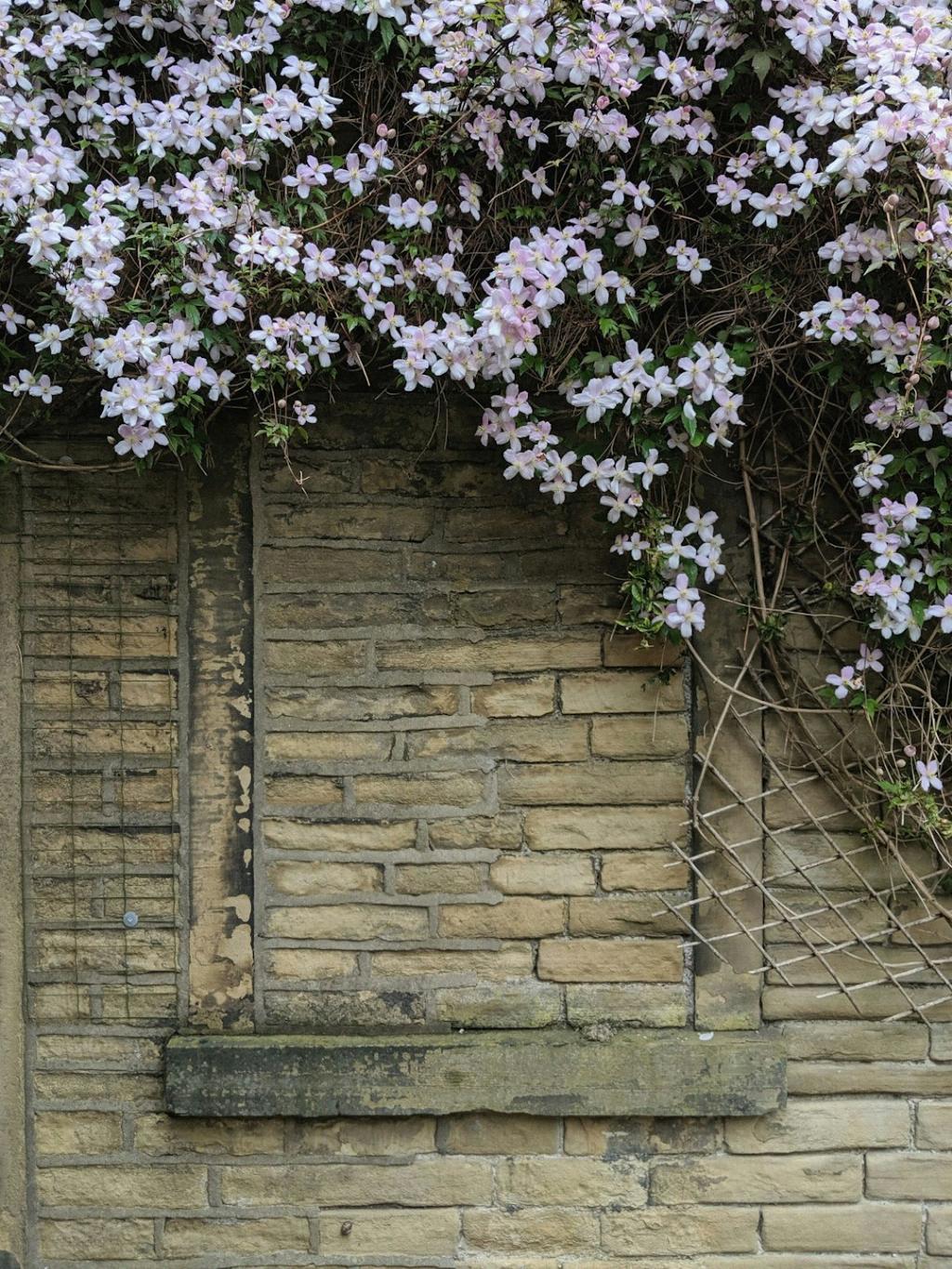When it comes to encouraging your clematis to bloom throughout the summer months, there are several key steps you can take to ensure a beautiful and continuous display of flowers in your garden.
1. Timing is Key
After your clematis finishes its initial bloom cycle, it’s crucial to trim it back by at least half. This pruning step is essential as it encourages new growth and sets the stage for a second round of blooming later in the season.
2. Fertilize Wisely
Choosing the right fertilizer is crucial for promoting continuous blooms. Opt for a low nitrogen, high phosphorus fertilizer to support flower production rather than excessive foliage growth. Apply the fertilizer according to the manufacturer’s instructions for best results.
3. Keep It Hydrated
Proper watering is essential for the overall health of your clematis plant and its blooming potential. Ensure that the soil remains consistently moist but not waterlogged. A good rule of thumb is to water deeply, allowing the roots to receive adequate moisture.
4. Provide Adequate Sunlight
Clematis thrives in sunlight, so it’s important to plant it in a location that receives at least six hours of sunlight per day. A sunny spot will encourage robust growth and bountiful blooms throughout the summer months.
5. Support Your Clematis
Invest in proper support structures such as trellises or arbors to help your clematis vines climb and flourish. Providing adequate support not only enhances the plant’s aesthetic appeal but also promotes healthy growth and blooming.
6. Prune Regularly
In addition to the initial post-bloom pruning, regular maintenance pruning is essential to remove dead or damaged stems, encourage new growth, and shape the plant. Pruning also helps control the size and spread of the clematis for better blooming.
7. Choose the Right Variety
Not all clematis varieties are created equal when it comes to blooming habits. Selecting a type II clematis, known for its ability to bloom multiple times in a season, increases your chances of enjoying continuous summer blooms.
8. Mulch for Moisture Retention
Applying a layer of organic mulch around the base of the clematis helps retain soil moisture, regulate temperature, and suppress weeds. Mulching is especially beneficial during hot summer months when the plant may require extra hydration.
9. Monitor for Pests and Diseases
Regularly inspect your clematis plant for signs of pests such as aphids or diseases like powdery mildew. Promptly address any issues to prevent them from affecting blooming and overall plant health.
10. Consider Companion Planting
Companion planting with other flowering plants can complement your clematis and attract beneficial pollinators to the garden. Choose compatible plants that do not compete for resources and provide a harmonious backdrop for your blooming clematis.
11. Deadhead Spent Blooms
Removing faded flowers, a practice known as deadheading, promotes continuous blooming by redirecting the plant’s energy into producing new blooms. Regular deadheading also enhances the overall appearance of the clematis plant.
12. Enjoy the Beauty
With proper care and attention, your clematis can bloom all summer long, gracing your garden with a profusion of colorful flowers. Take the time to appreciate the beauty and fragrance of your blooming clematis, a testament to your gardening efforts.

